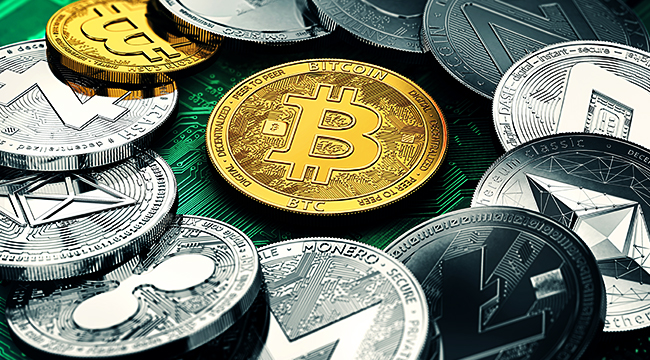
Bitcoin is a libertarian experiment in decentralized currency where everybody keeps everybody else honest. As such it tends to be a roller coaster driven entirely by how the free market values Bitcoin. Ripple, marked as XRP on the cryptocurrency markets, is decidedly not that.
XRP has been getting attention for dramatic spikes in prices, along with Litecoin and other cryptocurrencies, but there’s some fairly big differences. First of all, XRP is owned and controlled by one company, Ripple. You can’t mine it, only Ripple can, and it decides when coins are released. The only effective similarity between XRP and Bitcoin is that both use blockchain tools to decentralize the bookkeeping and keep everything aboveboard.
Why the tight grip? XRP isn’t intended to be a publicly traded investment, but rather it’s a tool for exchanging money across borders. Cross-border payments are notoriously slow and inefficient in part because you have to get the currency together, exchange the currency at the current rate, and get it to the person you’re sending the money to. XRP is designed to speed that process up; you just buy the XRP, send it to the person, and a process that normally takes hours or days is done in seconds, and with a clear, transparent public record to boot.
If that sounds a bit wonkish, well, it is. But it’s a pretty good idea if you’re the kind of person who regularly sends money overseas to people, and if it truly catches on, it might substantially speed up how markets interact. However, that also likely means XRP is going to be held in a rather tight grip. After all, you don’t want the value of your tokens spiraling upwards out of nowhere and just as suddenly crashing. Still, it’s a good illustration of how an idea that was little more than a political experiment in a bunch of code might have some practical, real-world effects. Well, beyond giving us something to make fun of on Twitter.
(via CNN)
